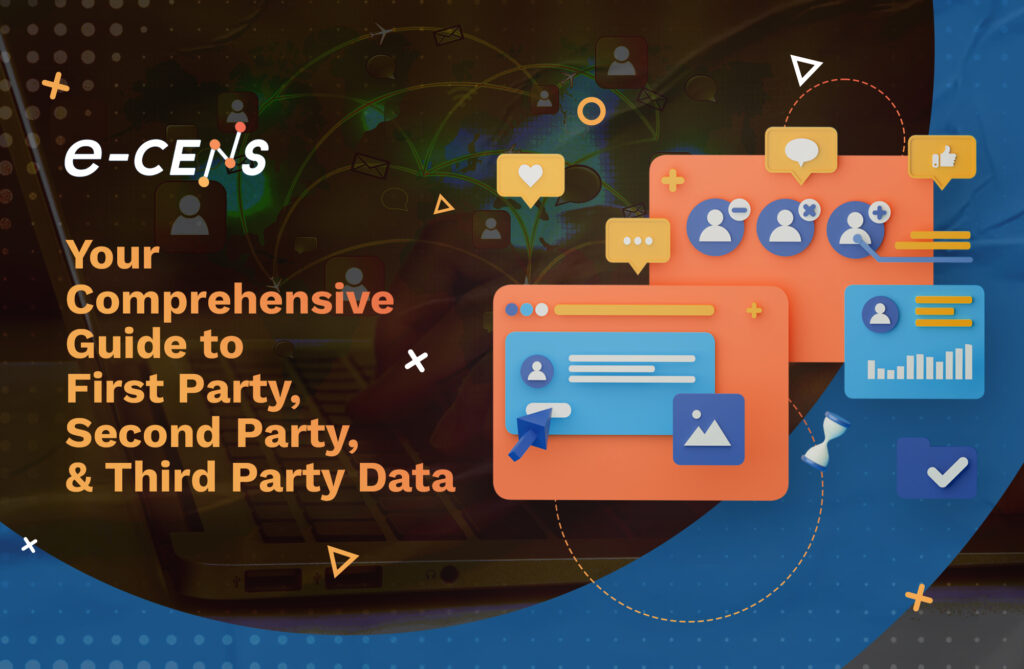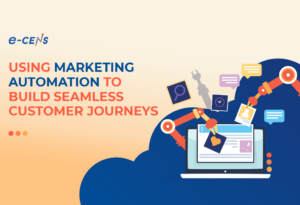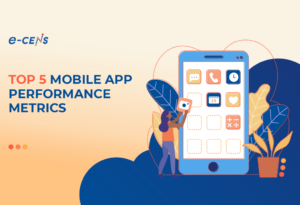
- Definition of First-Party Data
- What is Second-Party Data?
- Insight into Third-Party Data
- The Significance of Zero-Party Data
- 4 Benefits of First-Party Data:
- How to Collect of First-Party Data
- 2 Best Practices to Collect First-Party Data
- The Realm of Second-Party Data: What to Know
- The Role and Impact of Third-Party Data
Definition of First-Party Data
What’s first-party data or 1P data? It’s any data your company collects from your customers or audience.
These data could be their emails, names, phone numbers, purchase history or even likes and shares on social media.
How do we know if data is first-party? Simply look for the sources. If your company collected it directly from your customers or audience without any middlemen, that’s first-party data.
What is Second-Party Data?
Second-party data is data that a company has collected and then shared or sold to another company to use.
So unlike first-party data, second-party data is data that has been collected by a trusted partner or collaborator and then shared.
Here’s an example of 2nd party-data to help you break down the concept.
Company A, which collects data from its customers, signs an agreement with Company B that agreement entails that Company A will share data they’ve collected with Company B for commercial purposes.
Insight into Third-Party Data
3rd party data is information collected by an external source that doesn’t have any connection with the company that uses the data.
Companies that sell these data are usually called data aggregators or data brokers.
One of the most known examples of 3rd party-data is email lists used for cold-emailing.
The Significance of Zero-Party Data
Zero-party data is the information that individuals willingly and proactively share with a company.
And by 0P data, we don’t mean names and emails you must give a company to use their services or solution.
We mean surveys you take if you want, like preference surveys that you voluntarily complete or a feedback form that you might get at the end of a customer service inquiry.
4 Benefits of First-Party Data:
First-Party data offers a wide range of benefits simply because of the data that you collected yourself, which leads me to the first point:
1. Accuracy and Reliability
First-party data is collected directly from the company’s own interactions with customers or users. This makes it highly accurate and reliable as it comes from known sources.
2. Enhanced Personalization
Since you have this data collected in your CRM or email marketing software, for example, it makes it much easier to personalize your campaign to offer a better experience for your customers.
Let’s say you’re an e-commerce store that does segmentation based on shopping behavior; you can simply email customers who bought a particular product in the past, letting them know the newer version or editing has just hit the market.
3. Compliance and Privacy
This is a massive advantage of 1st party-data. People have become more privacy-oriented and concerned about what happens with their data, so collecting and managing your customers’ data is a huge plus.
4. Build Better ICPs
1st party data allows you to build accurate ideal customer personas based on existing customers’ data; it’s like having the hard work already done for you.
Your current customers’ data would be the foundation of your ideal customer persona, and using that, you can write your copy and messages to match their needs and pain points.
How to Collect of First-Party Data
Now, let’s talk more about first-party data and how you can collect it, maintain a high-quality database, and build your marketing strategy on it.
What are the sources of collecting first-party data
What sources should you be looking at whenever you think about 1st party-data? Here are the top sources you need to utilize:
1. Website Interactions
This includes data you collect through your website, like page views, clicks, events, etc.
2. Mobile App Usage
We’ve touched on some of the data you collect here in our e-book and our blog about mobile app marketing, but to recap, here are some of the data you can collect:
Session duration, visited pages and screens, in-app purchases, and install source.
3. Planning Your First-Party Data Collection Strategy
As with everything in marketing, you need a plan to follow when collecting 1st party data for research or marketing purposes, and it all starts with identifying the why!
4. Define Objectives
Ask yourself this question: “What is it that I’m trying to achieve?” based on the answer to that question, you’ll know what data points you’ll need to focus on.
5. Identify Relevant Data Points
Since you’ve identified your objectives, knowing what data points you need to focus on is your next step. Do you need more behavioral data to target your customers better?
You’re the most equipped person to answer that question based on your needs and wants.
6. Implement Data Collection Mechanisms
Collecting data isn’t a manual process. You can’t possibly collect everything yourself, so you set up collection mechanisms that pour all these data into a data warehouse or a CDP.
7. Enhance Data Quality
It’s now your responsibility to ensure that the data you collect is of high quality.
This is easily achievable by keeping customer records current and having validation processes in place.
2 Best Practices to Collect First-Party Data
1. Implement Consent and Privacy Measures:
The first thing you should do is get users’ consent before collecting their data. If you don’t, you’ll find yourself in hot water, especially with GPDR, CCPA, and other regulations in place.
2. Don’t be aggressive when collecting data:
When collecting data from your customers, don’t be intrusive. Pop-ups that take the whole screen are usually frowned upon.
To entice your customers and users into giving you their information, use incentives like discounts, exclusive offers, or content in exchange for their data.
3. Leverage Customer Relationship Management (CRM) Systems:
By using a CRM, you’ll have your customers’ data in one place, which allows you to give them a personalized better experience.
The Realm of Second-Party Data: What to Know
Second-party data is not 3rd party data. Yes, you have data you didn’t collect yourself in both, but in 2nd party data, you’ve obtained that data through a partnership with another company.
Understanding the Basics of Second-Party Data
As we’ve answered at the beginning of this blog, second-party data is shared based on an agreement or a partnership between a company or an organization and another.
How Marketers Use Second-Party Data
Second-party data is quite useful because it enables you to do research without going through the hoops to collect the data yourself while verifying that it is of high quality.
It enables you to create segments, discover potential partnerships, identify growth opportunities, and optimize marketing strategies.
These data could be plugged into a visualization tool like Tableau and used to do market research on a big scale.
They could be used to give you insight into current trends in your industry and highlight potential opportunities that you might want to capitalize on.
The Role and Impact of Third-Party Data
You’ve probably heard this term often because 3rd party data is one of the most common data types. It’s your data, my data, and our data being sold on the internet.
Basics of Third-Party Data
3rd-party data is information collected by an external source and sold to other organizations and companies mainly for advertising.
Third-party data is aggregated and segmented, though it depends on the data type you’re buying or obtaining.
Concerns Around Third-Party Data Usage
3rd Party data have been on the news for a while now, simply because people are becoming more and more privacy concerned and governments like the EU are cracking down on companies exploiting people’s data.
GDPR was launched to protect the privacy of European citizens, with CCPA and other kinds of laws launched in the United States.
And of course, data quality and reliability is a whole other issue because a lot of data and lists that are floating on the internet are of low quality.
Our data consultants are here to help you build the right data analytics framework for your needs: contact e-Cens today to learn more.




